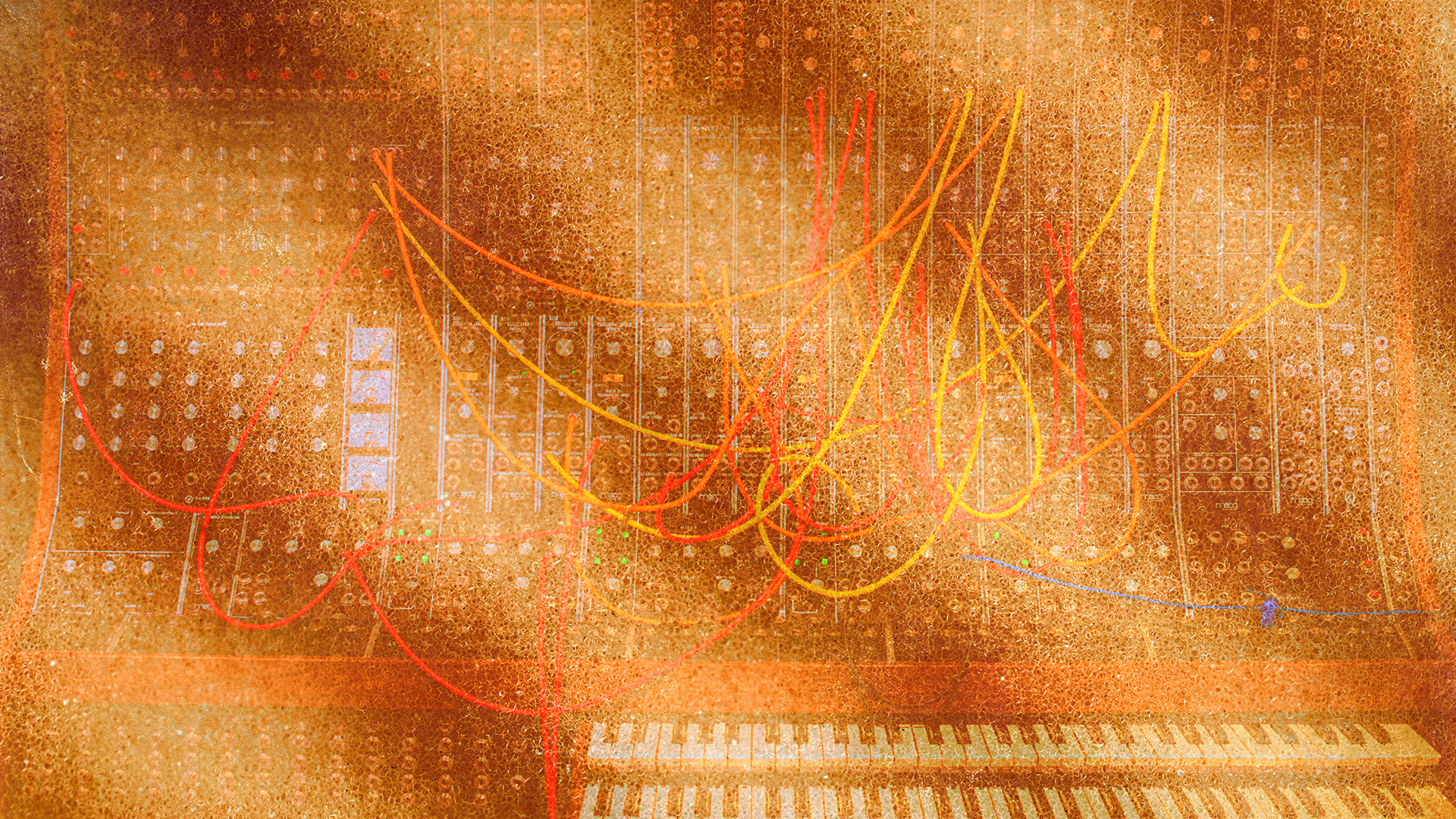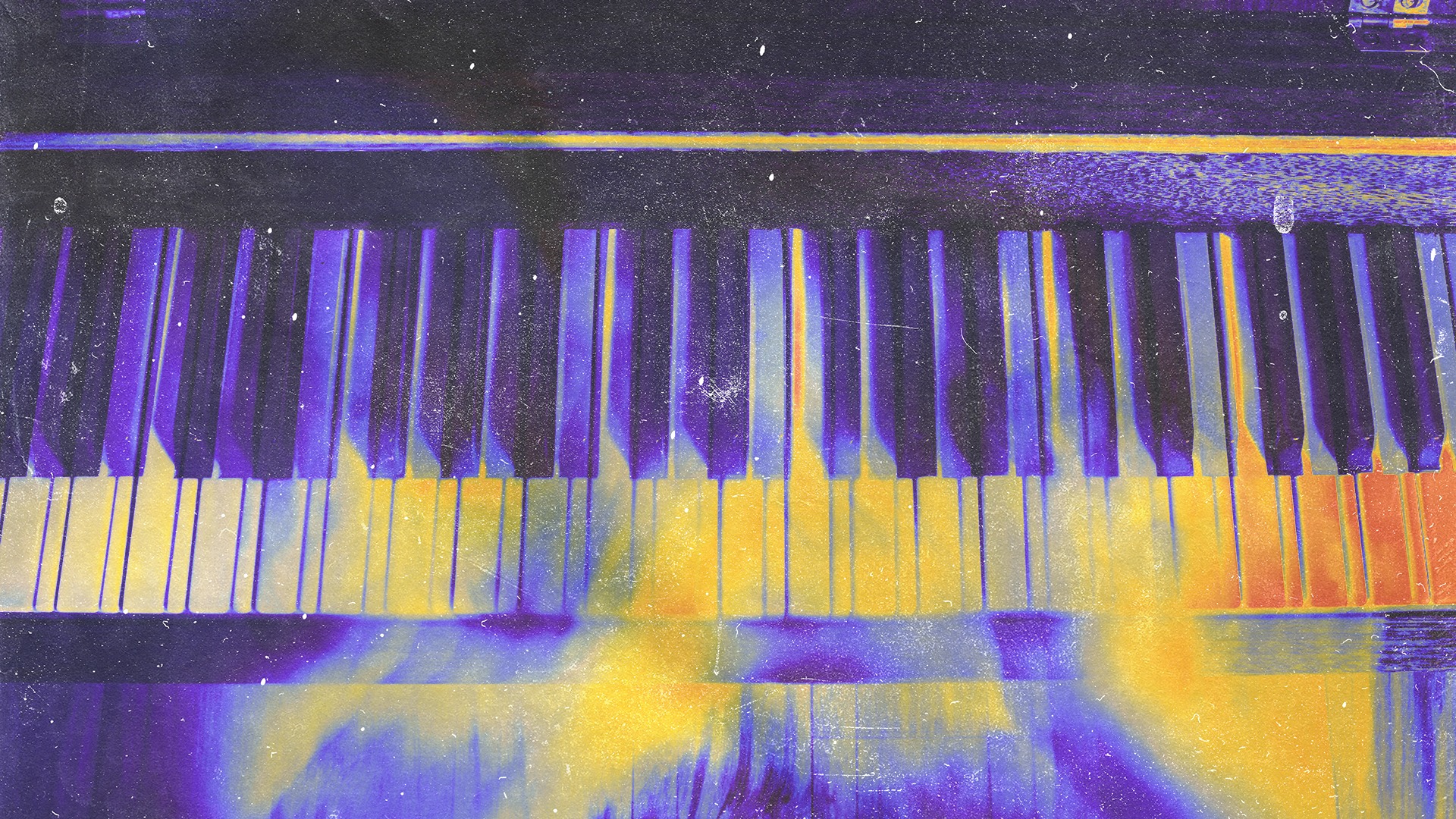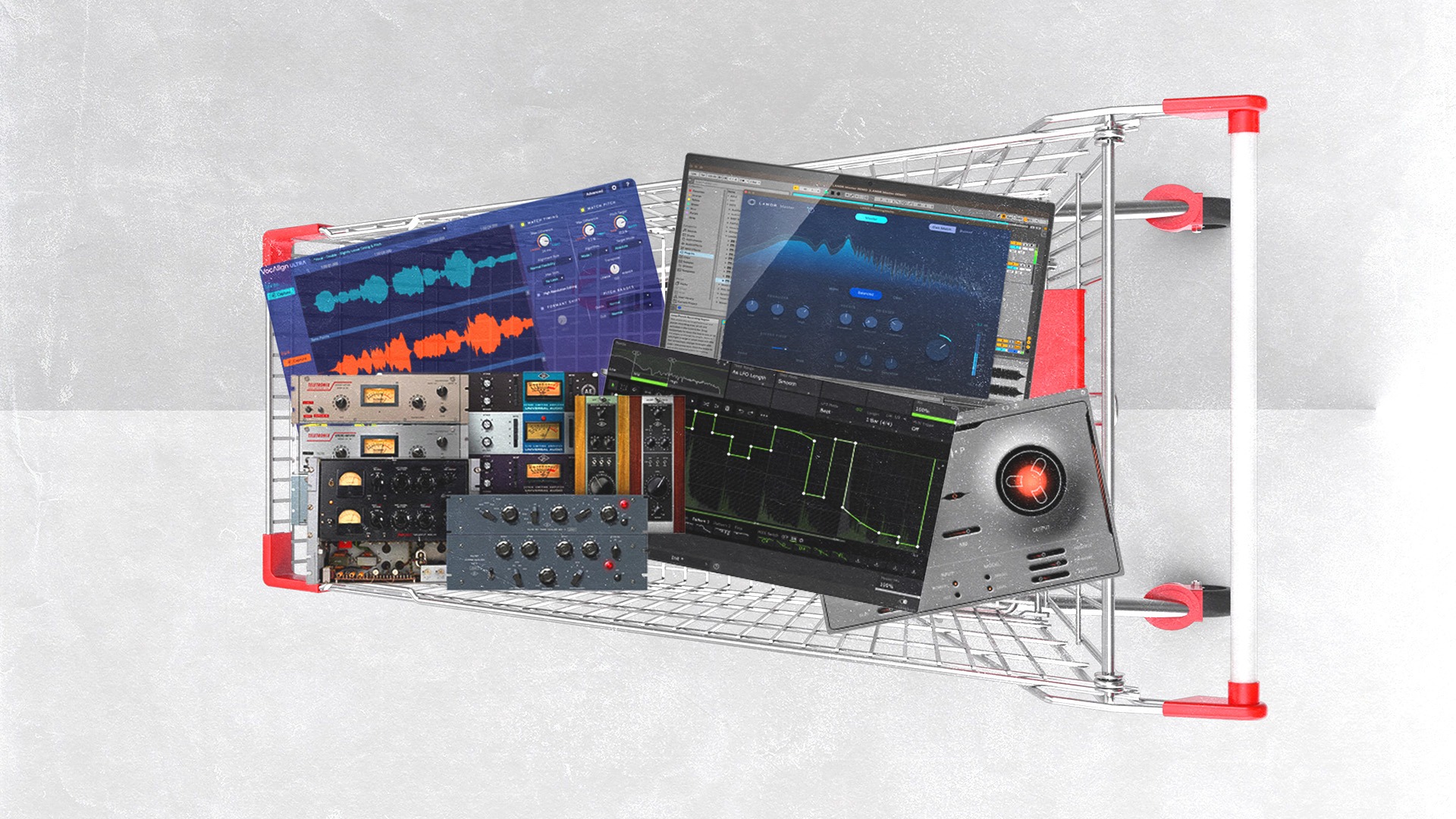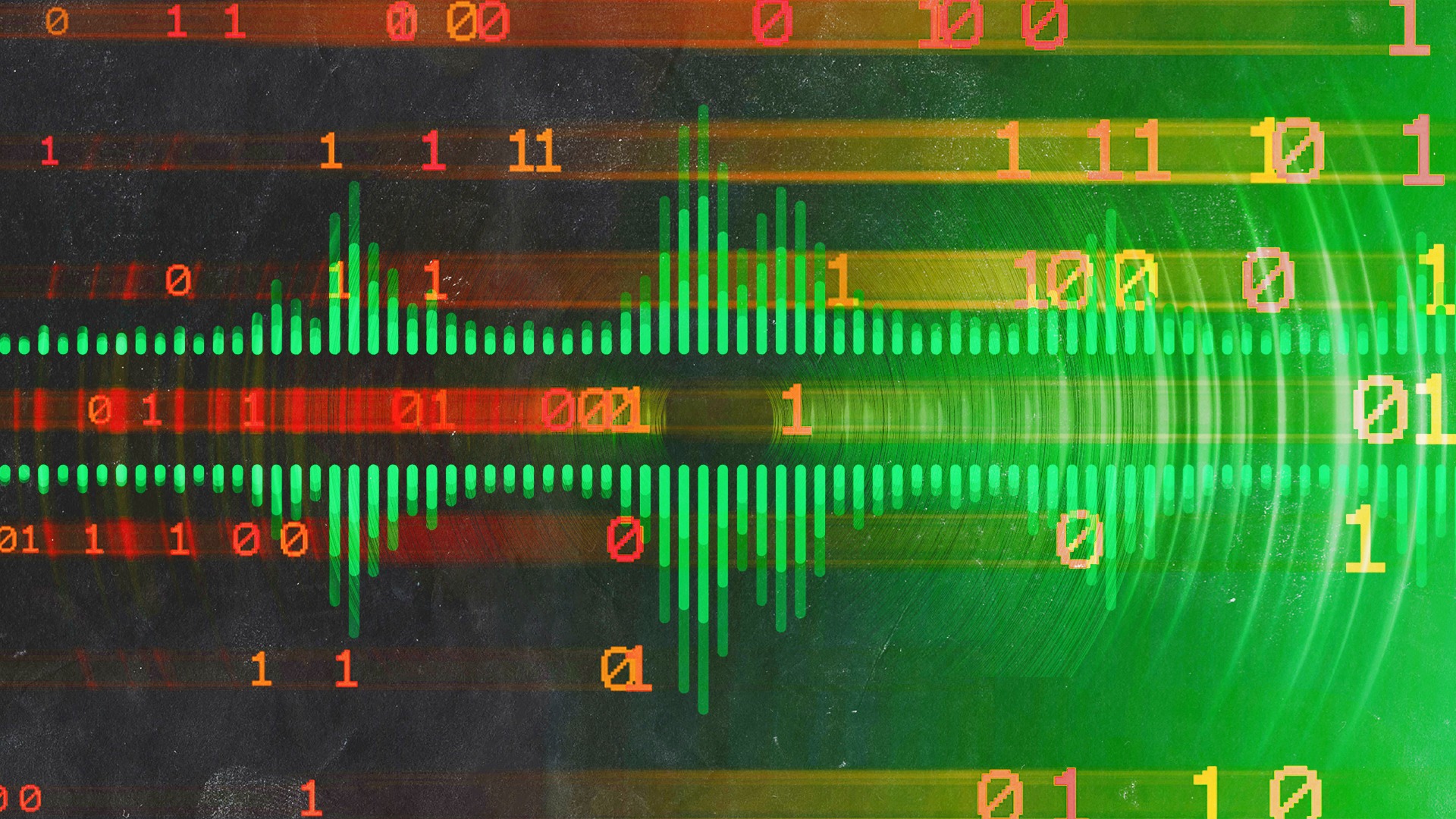
What is Modulation in Music? 3 Types of Modulation Explained
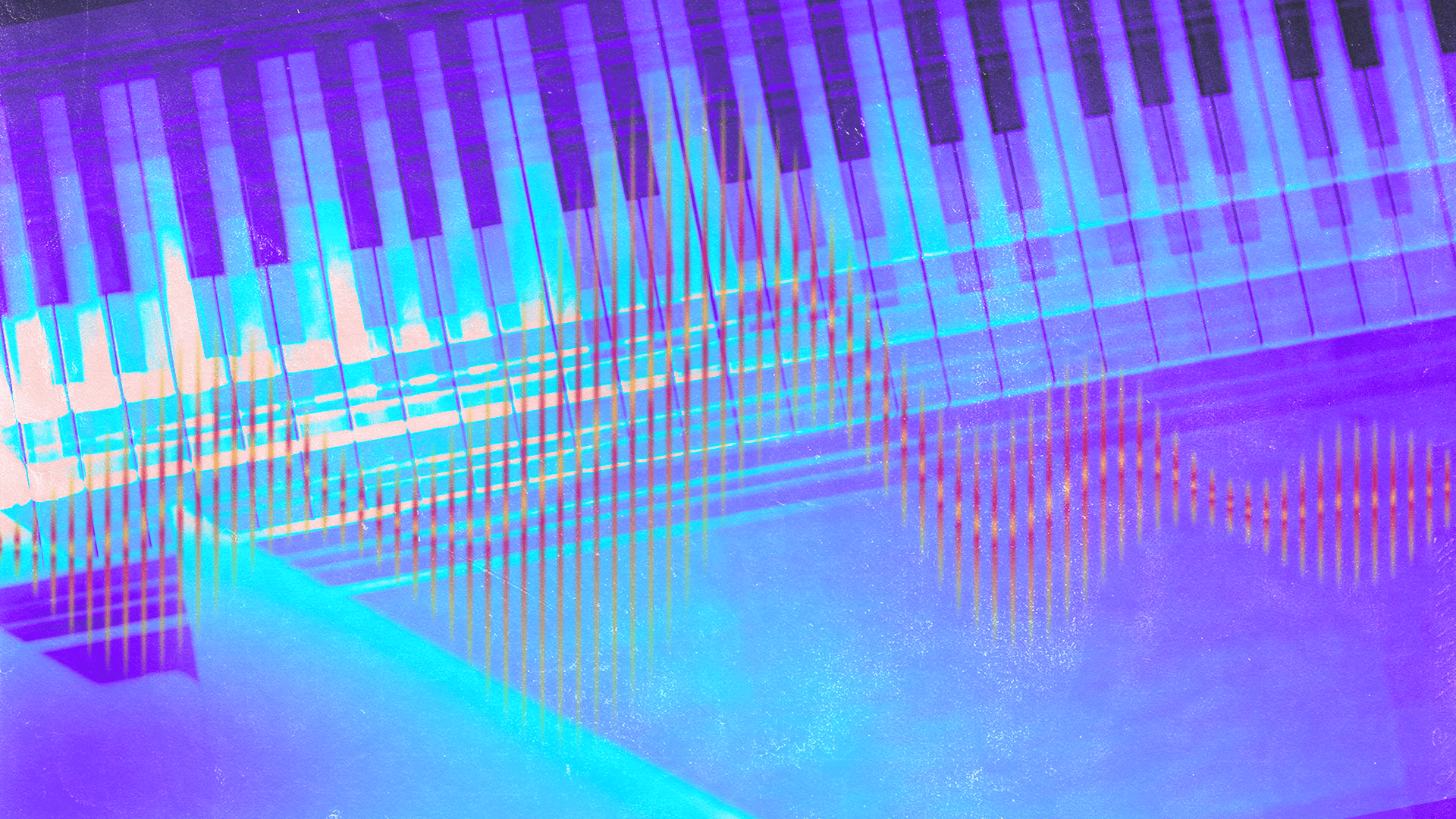
The word “modulation” is something you’ll hear a lot in the context of music production and composition, but what exactly does it mean?
Because this term can have a few different meanings, it’s easy for producers to get a bit confused by its usage.
So, we’re going to break it down in simple terms so that you can make the most of this important concept. Let’s dive in.
Overview: The many meanings of modulation
In music production and composition, “modulation” can mean several different things: effects like chorus and flanger, parameter control in synthesis, or shifting keys in a piece of music. Each context uses the term differently, but the underlying idea is the same. Modulation involves changing some element of sound or structure in a way that adds movement, variation, or expression.
What’s the difference between modulation and automation?
Modulation refers to the use of control sources like LFOs (low-frequency oscillators), envelopes, or step sequencers to dynamically change a parameter over time.
It is typically built into a synth or effect and reacts in real time based on internal settings. Modulation also tends to be cyclical or responsive.
Automation, on the other hand, is a user-drawn or recorded change to a parameter that occurs over time in your DAW. It usually takes place in dedicated lanes of your DAW’s timeline.
Automation is ideal for controlling things like volume fades, filter sweeps, or mixer parameters like levels and effects sends.
With all the major definitions out of the way, let’s run through these three types of modulation — modulation effects, modulation in synthesis, and modulation in music theory — and explain how you can put them into practice.
We’ll start with modulation effects.
What are modulation effects?
Modulation effects are audio effects that alter the timing or phase relationship between multiple versions of the same sound, typically by applying a low-frequency oscillator (LFO) to parameters like delay time or phase shift. The result is added stereo width, thickness, texture, or evolving movement. Common examples include flanger, phaser, and chorus.
We recently wrote an article focusing on modulation effects and what they can do. We recommend you check it out here!
Modulation effects are a lot of fun to explore, and they’re particularly good for genres like techno, EDM, shoegaze, post-punk, grunge, and psychedelic.
A classic example of chorus can be heard applied to the main guitar hook in Nirvana’s “Come As You Are”. It gives the guitar a subtle detuned sound that helps establish the uneasy mood of the track.
Meanwhile, you’ll hear heavy use of flanger in “Star Guitar” by The Chemical Brothers. Here it’s used to add a bit of movement to the sound while supporting the track’s trippy and euphoric energy.
The flanger can be heard first at 1:15 and elsewhere throughout the song.
One of our favorite tracks using phaser is “Hard To Tell” by Andy Stott. The phaser gives the slow-strumming lead guitar a thick, psychedelic intensity, while it also lends a classic ‘70s vibe to the Solina-style strings that play out in the high end.
The phaser can be heard first at 0:29 and then throughout the song.
We have a few devices in the LANDR Plugins arsenal that make modulation and other effects easy to apply, with excellent-sounding results.
These include LANDR FX Electric, Mixbox SE, LoFi Flux Light, and Flare and Fusia.
They’re included with all subscriptions of LANDR Studio.
What is modulation in synthesis?
In synthesis, modulation refers to the automatic control of parameters over time. For example, envelopes shape parameters like pitch, filter cutoff, or amplitude in response to a trigger, typically once per note. LFOs (low-frequency oscillators), on the other hand, apply continuous, repeating changes.
Unless you’re using a synth to create continuous drones, envelopes are needed to define the attack, decay, sustain, and release of your sound’s volume (or other characteristics) each time a key is pressed, or each time the synth receives a trigger signal.
LFOs are useful for creating movement, repetition, or rhythmic variation. You can, for example, route an LFO to modulate the pitch of your oscillator for a warbly, detuned sound, or to the panning of your synth patch for a bit of stereo movement.
Boards of Canada have made extensive use of slight pitch modulation by routing an LFO to the pitch parameter of the oscillator, contributing to the nostalgic, slightly uneasy character of their style.
Filter modulation is one of the signature techniques that gave dubstep its distinctive sound in the 2010s (alongside other forms of tempo-synched modulation, like to pitch and panning). This technique became so definitive of the genre that people started referring to it with words like “wub” and “wobble”.
Filter modulation on the synth can be heard starting at 0:31 and throughout the track.
Synths often have what is called a modulation matrix, which provides a centralized place to route modulation sources to modulation destinations.
We’ve covered this and other aspects of synthesis in this article, so you should definitely check it out for more detail.

LANDR Synth X has an excellent modulation matrix that makes powerful modulation easy.
What is modulation in music theory?
In music theory, modulation refers to a change from one key to another within a composition. It can mark a dramatic shift in mood, or be used more subtly to guide the listener through evolving harmonic territory. This technique is sometimes colloquially referred to as a key change.
Depending on what kind of feel you’re going for, some keys modulate into one another better than others.
Keys that are closely related (like C major and G major, or A minor and C major) share many of the same notes and chords, making transitions feel natural and seamless. These kinds of modulations are great for evolving a musical idea without jarring the listener.
On the other hand, modulating between distant keys (like C major to E major) creates a much more dramatic effect, often used to heighten emotion or mark a major shift in a song.
For something subtler, modal modulation lets you change the emotional color of a passage without changing the root note, like moving from C major to C Dorian.
Each approach offers a different kind of impact, so choose one that fits the energy you’re trying to create.
Let’s take a look at a dramatic key modulation and a more subtle one.
One of the most famous examples of modulation in pop music is in Whitney Houston’s “I Will Always Love You”. Just before the final chorus, the key modulates directly from A major up a full step to B major.
You can hear the modulation take place between 2:58 and 3:09.
This one is dramatic and bold, helping to emphasize the emotional intensity of the song’s climax.
For our other example, let’s look at “Penny Lane” by the Beatles, which features one of the most iconic uses of modulation in popular music. Throughout much of the song, the key modulates between B major (the verses) and A major (the choruses).
This adds a bit of harmonic contrast and variation to the song, giving the verses and choruses their own emotional flavor.
If you don’t have a lot of experience with music theory, it can seem a bit intimidating to use a technique like modulation in your compositions.
But a chord generator like LANDR Composer makes it far easier to explore these ideas and put them into practice in your tracks.
You could, for example, use LANDR Composer to generate a chord progression in one key, export it as a MIDI clip, then do the same in another key.
Once you have these progressions as clips, you can arrange them on your DAW’s timeline so that your track modulates from one key to another.
If your DAW allows it, we recommend using an automation lane to automate the global key of your DAW project so that it matches your modulations.
Easier than you thought right?

LANDR Composer makes it easy to develop strong musical ideas for your tracks, even if you don't have advanced music theory knowledge.
Recap: Mastering modulation
“Modulation” is one of those musical terms that can be hard to pin down at first, but that’s also part of what makes it so powerful.
As we explored, it can refer to subtle pitch shifts inside a chorus pedal, sweeping LFOs on a filter, or dramatic key changes mid-song. Each version of this idea plays a different role, but all three are about giving your music motion, dimension, and evolution.
You don’t need to master every form of modulation at once. Start small: experiment with a flanger on your hi-hats, assign an LFO to your synth’s panning, or try writing a track that changes keys between sections. Even simple shifts can reshape how your music feels.
Modulation isn’t just a technical tool, it’s also a creative one. Use it to keep things interesting, to surprise, and to say something new with your sound.
Gear guides, tips, tutorials, inspiration and more—delivered weekly.
Keep up with the LANDR Blog.



